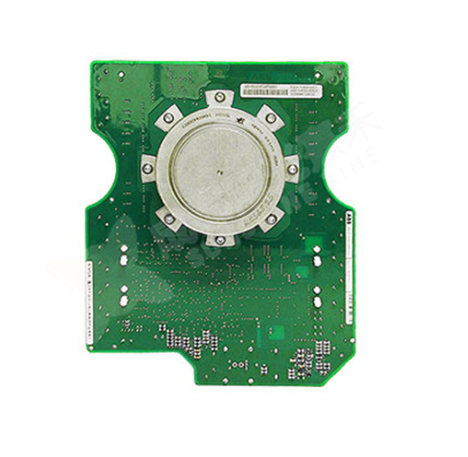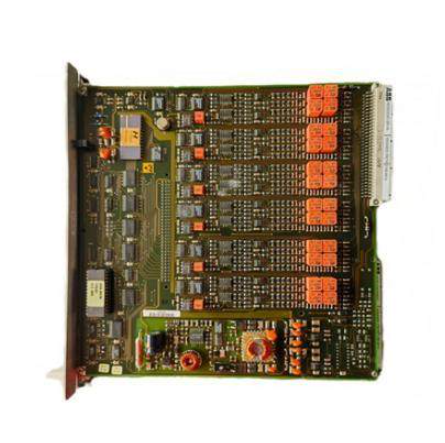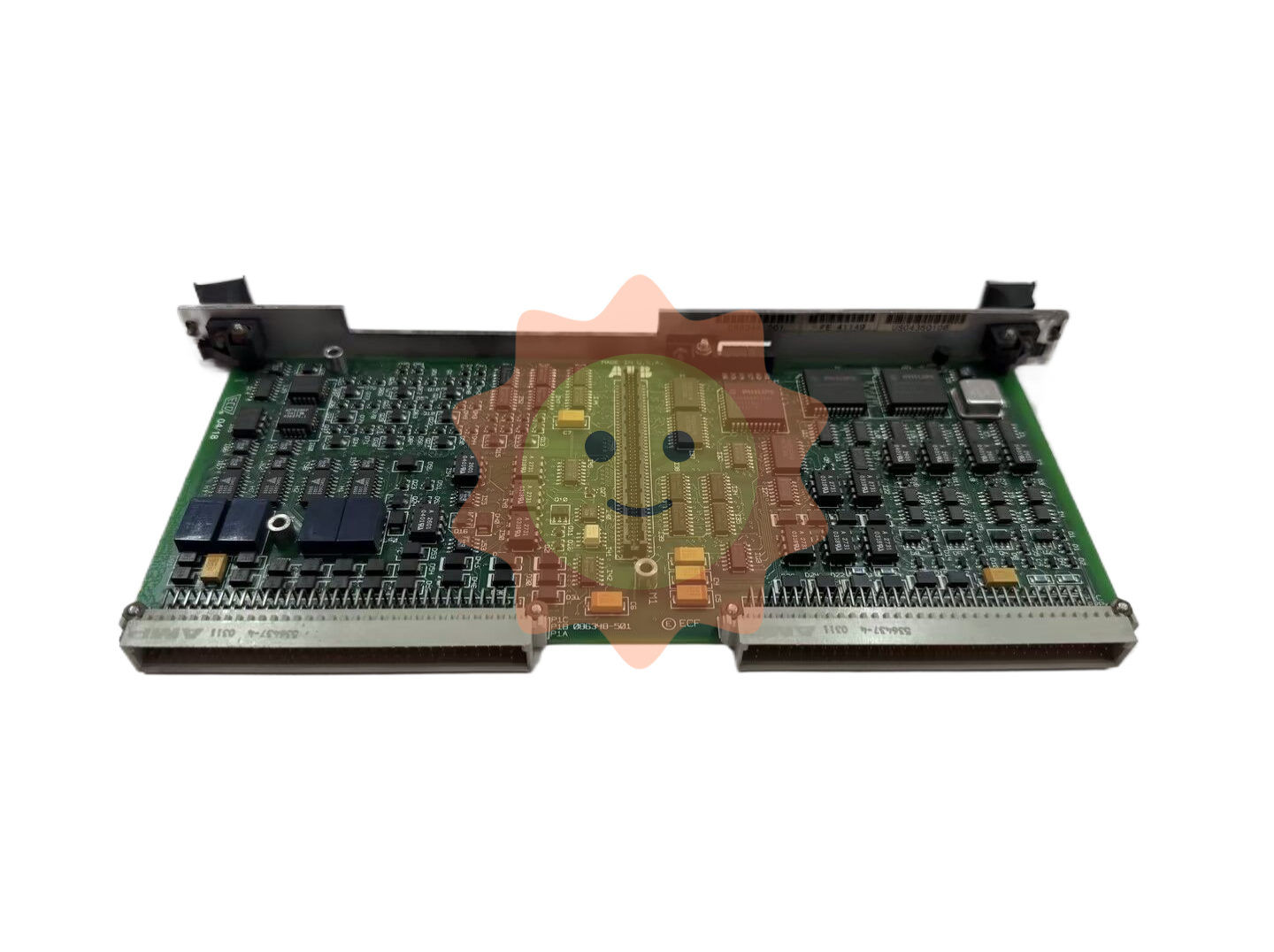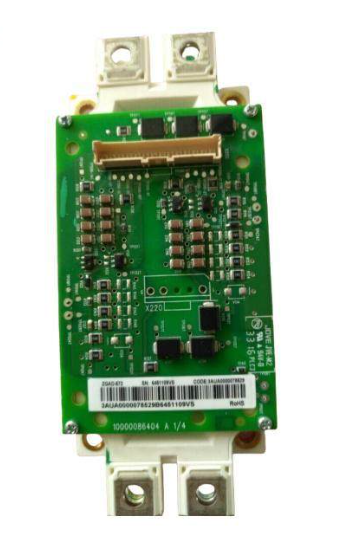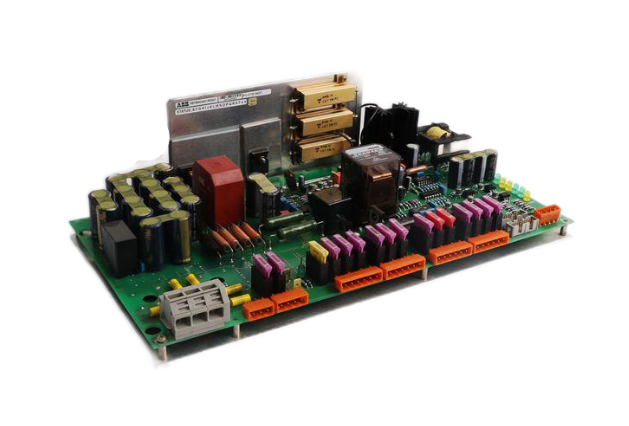Scientific and technological innovation promotes the high-quality development of mining industry
1. The Fourth Industrial Revolution drives the transformation of the entire mining value chain
According to McKinsey, artificial intelligence (AI), robotics, the Internet of Things, autonomous vehicles, 3D printing, nanotechnology, biotechnology, materials science, energy storage, and quantum computing are key elements of the fourth Industrial Revolution. All of these factors have the potential to completely "disrupt" traditional manufacturing, thereby blurring the lines between the physical, digital, and biological realms. However, the Fourth Industrial Revolution is generally driven by three major technological trends: connectivity, intelligence, and flexible automation.
The fourth Industrial revolution in manufacturing remains a top priority for many leaders in both the private and public sectors. This is having a hugely disruptive impact on value chains, industries, and operating models, representing the next generation engine of economic development and opening up opportunities for value capture in ways not seen in the past industrial revolution.
The boom in technological innovation is occurring not only in mining companies, but also in other industries around the world, and what they have in common is digitization. While there are many different definitions associated with digitization, it is essentially about increasing access to and processing of real-time data on all aspects of today's world.

Digitalisation is being achieved through higher processing power, stronger and faster networks, better sensors (including GPS, radar and lidar), and improved software and algorithms. Digitization ensures the analysis and understanding of the data and allows feedback within the system (manual, automated or artificial intelligence), using real-time data for immediate visualization, control and optimization of commercial operations, applied to all aspects of mine operations.
Many believe that it is no longer technology that stands in the way of digital transformation, but rather the ability to organize an increasingly advanced and changing environment, sometimes also depending on cost. In order to succeed in operations and in the application of digital technologies, technological innovation in the mining equipment, technology and service industries must be robust, sustained and cost-effective. In addition, the interface with management must be functional and simple.
In November 2015, the consulting firm McKinsey & Company estimated that the potential economic impact of digitization of mines could reach $370 billion by 2025 through increased capacity, reduced waste and improved safety. Of this, $250 billion comes from a deeper understanding of the resource base, optimization of material and equipment flows, increased mechanization based on automation, and real-time monitoring of performance under the program.
In January 2017, a study by the World Economic Forum in collaboration with Accenture suggested that the mining industry could save $428 billion by 2025. The largest sources are expected to be integrated procurement, data exchange, and trade, followed by wearables ($85 billion), remote operations centers ($84 billion), and automated operations and robotics ($56 billion). They believe it will reduce the workforce by almost 5 per cent.
According to Accenture, cognitive networking is the next generation of technology being adopted by all industries worldwide. The analysis of unstructured data enables machines to think and act like humans, driving a real transformation of the entire mining value chain. The use of artificial intelligence will provide a path for human-computer interaction and the creation of an environment with self-improvement, self-learning, self-healing and self-control, which is also the development goal of future mines.

2. Scientific and technological innovation leads the mining industry into the 4.0 era
The mining industry has made very few major technological breakthroughs in recent decades. In mineral processing, major technological breakthroughs are still 100 years ago flotation technology and 50 years ago solvent extraction technology. In mining, revolutionary developments included the invention of explosives, the introduction of carbide drills, the adoption of underground large-scale mining methods, and the upgrading of open-pit mining equipment. Despite the lack of major technological breakthroughs, mining today is safer, more efficient, and "greener" than it was 25 years ago, thanks to the continuous upgrading of production systems. The main trends include: first, the continuous mechanization of mines; Second, the establishment of maintenance, management and supply systems; The optimization software of geology and engineering technology; Fourth, the expansion of the scale of mines and mineral processing plants; Fifth, the extensive application of information technology in process control has realized the connection between mining and mineral processing. The Fourth Industrial Revolution is no longer a gradual process of improvement, but a step change.
2.1 Digital mine is the future development direction
- EMERSON
- Honeywell
- CTI
- Rolls-Royce
- General Electric
- Woodward
- Yaskawa
- xYCOM
- Motorola
- Siemens
- Rockwell
- ABB
- B&R
- HIMA
- Construction site
- electricity
- Automobile market
- PLC
- DCS
- Motor drivers
- VSD
- Implications
- cement
- CO2
- CEM
- methane
- Artificial intelligence
- Titanic
- Solar energy
- Hydrogen fuel cell
- Hydrogen and fuel cells
- Hydrogen and oxygen fuel cells
- tyre
- Chemical fiber
- dynamo
- corpuscle
- Pulp and paper
- printing
- fossil
- FANUC
- Food and beverage
- Life science
- Sewage treatment
- Personal care
- electricity
- boats
- infrastructure
- Automobile industry
- metallurgy
- Nuclear power generation
- Geothermal power generation
- Water and wastewater
- Infrastructure construction
- Mine hazard
- steel
- papermaking
- Natural gas industry
- Infrastructure construction
- Power and energy
- Rubber and plastic
- Renewable energy
- pharmacy
- mining
- Plastic industry
- Schneider
- Kongsberg
- NI
- Wind energy
- International petroleum
- International new energy network
- gas
- WATLOW
- ProSoft
- SEW
- wind
- ADVANCED
- Reliance
- YOKOGAWA
- TRICONEX
- FOXBORO
- METSO
- MAN
- Advantest
- ADVANCED
- ALSTOM
- Control Wave
- AB
- AMAT
- STUDER
- KONGSBERG
- MOTOROLA
- DANAHER MOTION
- Bently
- Galil
- EATON
- MOLEX
- Triconex
- DEIF
- B&W
- ZYGO
- Aerotech
- DANFOSS
- KOLLMORGEN
- Beijer
- Endress+Hauser
- MOOG
- KB
- Moxa
- Rexroth


Email:wang@kongjiangauto.com























































































